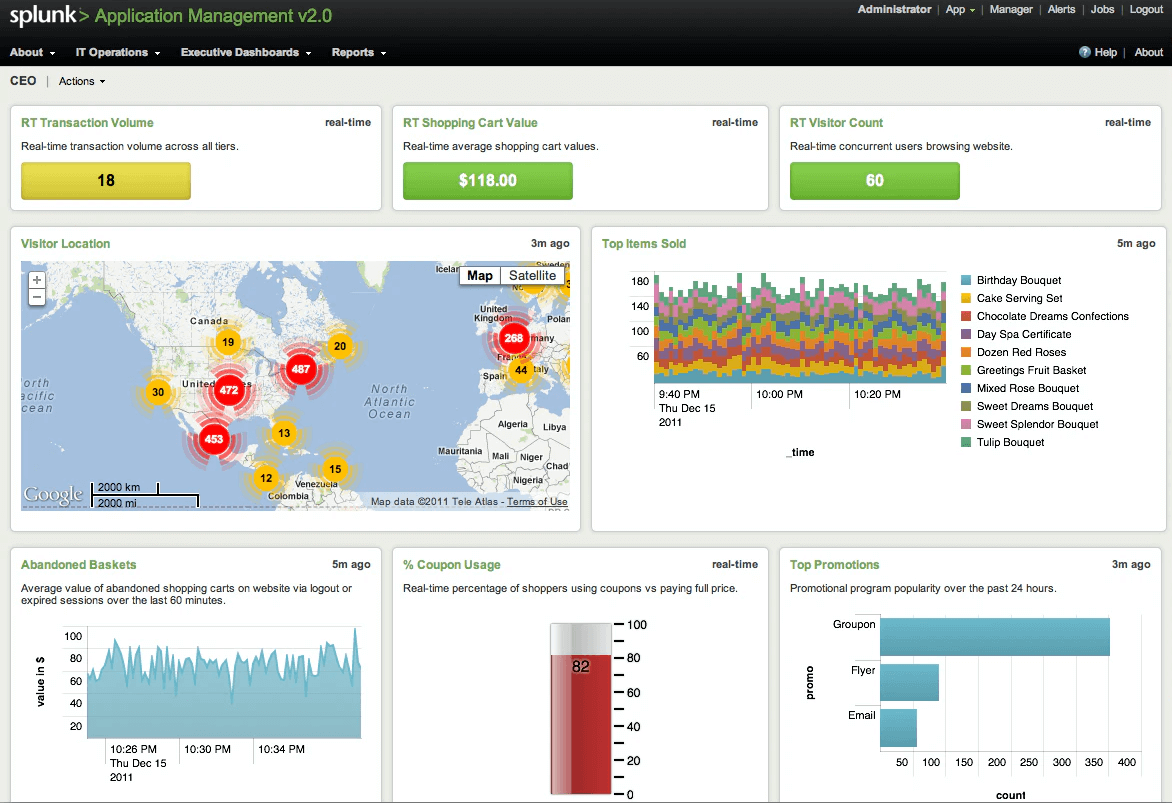

| rex field=raw "^(?\d+\-\d+\-\d+ \d+:\d+:\d+\. The new ThreatQuotient App for Splunk improves on our previous capability while.

05:57:36.967 INFO 23 - : MSG=found valid consumer for Identity"]

23 - c.t.a.p.a.s.u.Securit圜ontextRepository : Security gate check : requestURI : /promotions/async : HttpMethod : POST 08:03:26.965 INFO 23 - : MSG=found valid consumer for Identity" Enhance your observability capabilities for fast & accurate decisions. | eval raw=" 08:03:25.348 INFO 23 xxxxx : Security gate check : requestURI : /promotions/async : HttpMethod : POST Monitor transactions and client activity with our highly customisable Splunk solution. Kindly suggest any changes required in my query. In transaction why log events are not picking based on trace. 05:57:36.967 INFO 23 - : MSG=found valid consumer for Identity 05:56:43.143 INFO 23 - c.t.a.p.a.s.u.Securit圜ontextRepository : Security gate check : requestURI : /promotions/async : HttpMethod : POST 08:03:26.965 INFO 23 - : MSG=found valid consumer for Identity 08:03:25.348 INFO 23 xxxxx : Security gate check : requestURI : /promotions/async : HttpMethod : POST My question is in both log events trace should be same, but here it is not picking like that. |rex field=_raw "(?)" | transaction trace startswith="Security gate check " endswith="found valid consumer for Identity" | stats avg(duration) as Average_response_Time You may find that you learn better by watching videos instead of reading documents.I have two log events as mentioned below, i am trying to find out response time difference based on timestamp in both events The Splunk transaction command doesn’t really compute any statistics but it does save all of the records in the transaction. Specifically, when a given user fails to login 3 successive times without a successful login in the next login attempt I want the alert to fire and list the failed login attempts (user and time ). The stats command just takes statistics and discards the actual events. Splunk Transaction vs Stats Commandīoth of these are used to aggregate events. Note that we aren’t doing any filtering in this example so it could take longer than it needs to to process. We pipe to this so that we can make sure that the transaction isn’t too short and therefore invalid. The duration field is added by the transaction command. The transaction will start with a record that includes the word “view” and end with a record that includes the word “purchase”. Sourcetype=access_logs* | transaction JSESSIONID clientip startswith="view" endswith="purchase" | where duration>0Įssentially, the transaction will be composed of all records with both the same session ID ( JSESSIONID ) and the same client IP (clientip) that fall beween a start and end value. Here is an example I took directly out of the official Splunk documentation: Transactions can be created using the transaction command. Transactions are made up of the raw text (the raw field) of each member, the time and date fields of the earliest member, as well as the union of all other fields of each member. Another example could be a known issue where out of memory events are correlated to database errors. The transaction command finds transactions based on events that meet various constraints. Transactions are especially important because you can’t always just rely on a unique ID in cases where the ID might be reused.Īn example of a Splunk transaction might be someone making a purchase in an online store. Viewing the events associated with a transaction can help you to determine why it takes a long time. Basically, a single event can be mapped out to multiple logged events. Which groups the transactions showing how many there were in the last X length of time (could be hundreds/thousands in a day. Transactions can be generated from multiple data sources and multiple separate log entries. They don’t necessarily occur at the same time. A transaction is a group of related events.


 0 kommentar(er)
0 kommentar(er)
